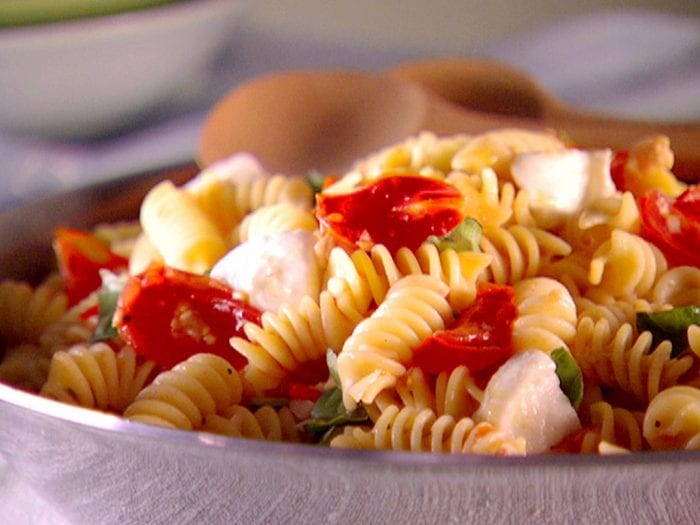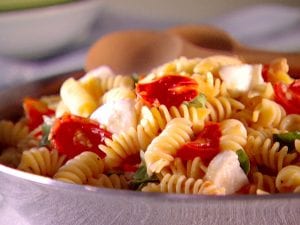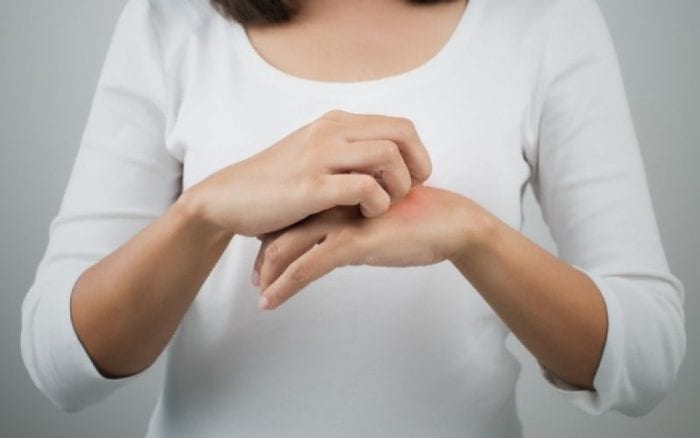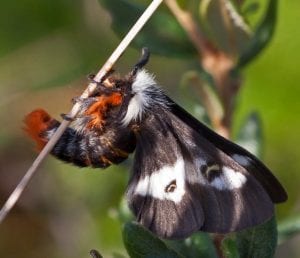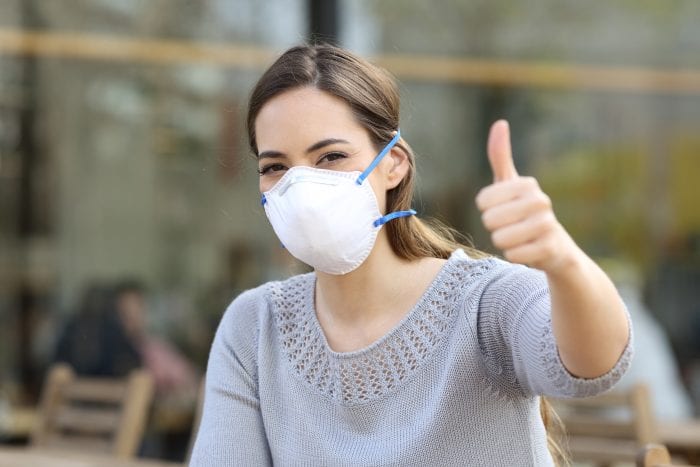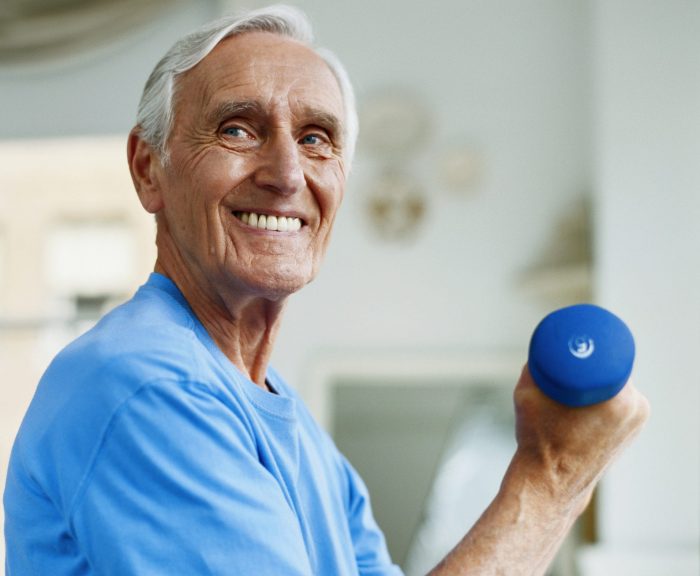By Daniel Dunaief
Bruce Stillman, the CEO of Cold Spring Harbor Laboratory, last week won the Dr. H.P. Heineken Prize for Biochemistry and Biophysics, which is considered the most distinguished scientific prize from the Netherlands.
The prize, which has been awarded to 13 researchers who have gone on to win Nobel Prizes, includes a $200,000 award and a crystal trophy.
Stillman earned the award, which began in 1964 and is given every two years in categories including Medicine, Environmental Sciences and History, for his decades of work on mechanisms involved in the replication, or copying, of eukaryotic DNA.
The understated Stillman, who was born and raised in Australia, expects he’ll put the prize money into a foundation, although he hasn’t thought much about it given the other concerns that dominate his time, including not only running his own lab amid the COVID-19 pandemic but also overseeing a facility where he has been the Director since 1994 and its CEO since 2003.
Stillman said the lab has had “extensive discussions” among the faculty about whether to pursue additional research fields on an ongoing basis to combat the current virus as well as any future public health threats.
While CSHL is not an infectious disease center, the facility does have a historical precedent for contributing to public health efforts during a crisis. Indeed, during World War II, the laboratory helped create a mutated strain of fungus that increased its yield of the drug penicillin.
At this point, CSHL does not have a high containment facility like Stony Brook University where it can handle highly infectious agents.
“We may have to have one here,” Stillman said. “The reality is there are tons of infectious diseases” and the lab might need to repurpose its scientific skills towards coming up with answers to difficult questions.
Even without such a Biosafety Level 3 designation, CSHL researchers have tackled ways to understand and conquer COVID-19. Associate Professor Mikala Egeblad has been exploring whether neutrophil extracellular traps, which are ways bodies fight off bacterial infections, are playing a role in blood clotting and severe respiratory distress.
These NETS may be “promoting severe symptoms in COVID,” Stillman said. Egeblad is working on a case study with several other collaborators who have focused on these traps. Egeblad is also studying the effectiveness of NETS as a biomarker for the most severe patients, Stillman said.
CSHL is also investigating a small molecule compound to see if it inhibits viral infection. Researchers including Assistant Professor Tobias Janowitz are about to participate in a combined Northwell Health-CSHL double blind study to determine the effectiveness of famotidine, which is the active ingredient in the ulcer-treating medication Pepcid.
The coronavirus treatment, which will include patients who don’t require hospitalization, would require a higher dose than for heartburn.
As a part of this study, the scientists will use a patient tracking system that has been used for cancer to determine the effectiveness of the treatment through patient reporting, without requiring laboratory tests.
Stillman is pleased with how CSHL has “repurposed ourselves quickly, as have many institutions around the world.” He highlighted the constructive interactions among scientists.
The public health crisis has “generated a different kind of behavior in science, where there’s a lot of interaction and cooperation,” Stillman said. The preprint journal BioRxiv, which CSHL operates, has had nearly 5,000 papers about COVID-19 since January. The preprints have “not only helped disseminate information rapidly [to the scientific community], but they are also “being used to determine policy by government leaders.”
Stillman urged scientists to apply the same analytical technique in reading preprinted research that they do with peer-reviewed studies, some of which have required corrections.
As for the government’s response, Stillman believes a retrospective analysis will provide opportunities to learn from mistakes. “I don’t think the [Centers for Disease Control and Prevention] has done a very good job,” he said. He suggested that the well-documented problems with the roll out of testing as community transmission was increasing, was a “disaster.”
The CSHL CEO also said the balkanized medical system, in which every state has a different system and even some local communities have their own processes, creates inefficiencies in responding to a fluid and dangerous public health crisis.
Coordinating those efforts “could have been done very, very rapidly to develop a modern, clear [polymerase chain reaction] test of this virus and yet states and federal agencies had regulations about how these tests can be approved and controlled and regulated that are far too bureaucratic and did not set a national standard quickly,” he said.
He hopes agencies like the CDC, FDA and the Biomedical Advanced Research and Development Authority have better coordination. The country needs a national response, like it had after the Homeland Security effort following 9/11.
Optimistically, Stillman expects a therapeutic antibody will be available by the end of the summer to treat COVID-19. The treatment, which will use monoclonal antibodies, will likely be injectable and will be able to prevent infection for a month or two. These treatments could also help limit the severity of symptoms for people who have been infected.
Regeneron has taken the same approach with Ebola effectively. Stillman doesn’t think such treatments can be used with everybody in the world, which increases the need to develop a vaccine. Creating a safe vaccine, which could be available as early as next year, is a “massive, under-recognized undertaking.”
Between now and next year, a second wave of the virus is certainly possible and may be likely, given that other coronaviruses have been seasonal.
“This happened with the influenza pandemic a century ago, so we have to be careful about this,” Stillman said. He believes that the medical community has learned how to treat severe patients, which should help mitigate the effects of a second wave in the United States.
That may not be the case in developing countries, which is a “concern,” he said.



